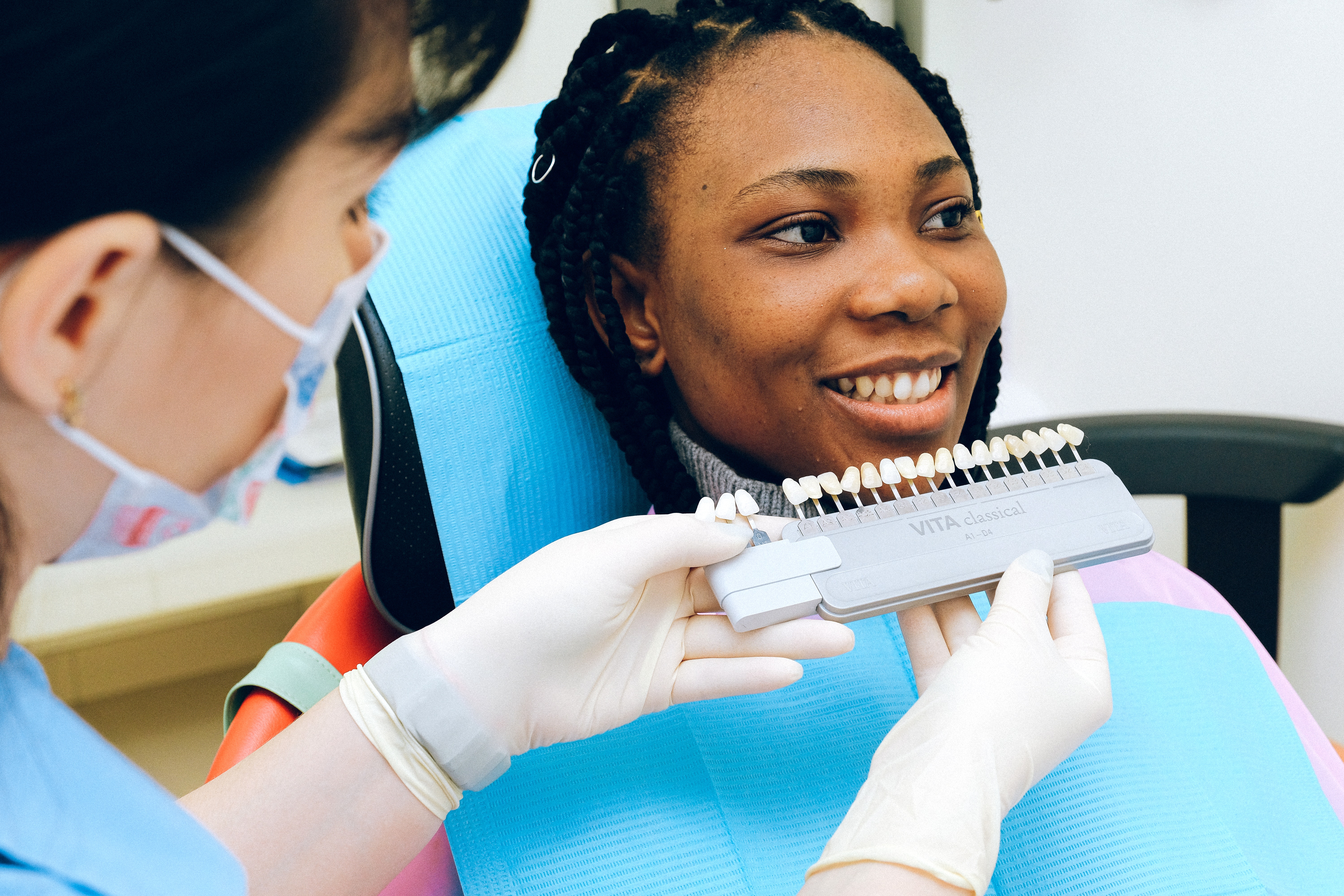Modern-day dentistry has advanced in some remarkable ways. Things like dental implants that look and feel just like real teeth and dental sealants that help children avoid getting cavities would have surprised dentists and patients alike 100 years ago.
As welcome as these advancements are for many people, they are bound to raise some questions. Are the man-made materials used in these dental procedures safe? Is it ever okay to introduce chemicals into our mouths and teeth?
Who Decides What’s Safe?
Several governmental bodies (The American Dental Association, the Centers for Disease Control and Prevention, and Federal Drug Administration to name a few) continually study the safety and effectiveness of various dental products. They, along with state dental boards, ensure that the materials and practices used by your local dentists meet the highest standards for safety.
Still: Misinformation, rumors, or outdated information surrounding some dental materials and toxicity continues to circulate in the general public. On top of that, scientists and doctors sometimes do disagree about the safety of certain materials.
It is important to remember that scientific studies are going on all the time at these agencies. Medical and dental professionals are constantly looking at new products and reviewing old ones. They might approve a new material for use, or change their recommendations about one that is common.
Be sure to check that the source of any online information is valid. When in doubt, discuss your concerns with your dentist or your doctor. They will have access to the latest data and are sure to make your and your family’s health a priority.
We have compiled some of the most commonly questioned dental materials and will attempt to dispel the myths with the most up-to-date expert opinions.
1. Toxicity and Dental Fillings

One of the oldest materials used for dental fillings is called amalgam. Many people wonder if these silver-colored fillings are toxic because, in addition to a small amount of silver, they also include mercury, tin, and copper.
There is confusion about the safety of mercury in fillings. A specific type of mercury called methylmercury can be poisonous. Amalgam fillings use elemental mercury, which is different and does not cause mercury poisoning. If a patient grinds their teeth or has old fillings, however, there is a slight chance that mercury vapor could escape and be inhaled or ingested.
In general, people are exposed to more mercury in the natural environment than the tiny amounts coming from dental fillings. Still, recent studies have led the FDA to revise its stance on amalgam fillings. They now recommend that certain groups of at-risk individuals choose other materials when getting future dental fillings. Among those considered potentially vulnerable:
- Pregnant or nursing women
- Children under 6
- Those with neurological diseases (MS, ALS, etc.)
- Those with impaired kidney function
Studies are still ongoing, and there is no definitive evidence about the level of danger. The agency is not banning amalgam and stands by its original opinion that the danger is minimal. They do not recommend having amalgam fillings removed simply to get rid of the mercury. Drilling will result in more vapor than would be released during the normal lifetime of the filling.
Some people also ask “are gold fillings toxic?” Gold is not toxic by itself, but some people have a sensitivity or allergy to gold. Porcelain or composite fillings are easier to find, cheaper, and rarely have any allergic side effects.
2. Fluoride—Is There Such a Thing as Too Much?
Similar to mercury in fillings, fluoride has been a topic of debate for some time. Once its cavity-prevention properties were discovered in the mid-20th century, municipalities began adding it to the public drinking water supply. This was a game-changer in preventing tooth decay in the general public.
Since then, fluoride has also been added to dental products such as toothpaste and mouthwash. In addition, dentists apply fluoride to patients’ teeth during routine dental cleanings.
The ADA has long held that fluoride is not just safe, but necessary. One recent study, however, found that all of the different sources of fluoride could be raising levels too high in some people.
In addition, there is a heated debate about a study out of Canada that proposes that pregnant women who have too much fluoride can cause developmental neurotoxicity resulting in lower IQs in their children. The ADA does not agree, and continues to support the use of fluoride. It does acknowledge, however, that there have been no similar studies of pregnant women in the United States and that further research is necessary.
The bottom line: Pregnant women might want to limit extra fluoride at the dentist and in their dental products. Using non-fluoridated water in their baby’s formula is another option until more information about fluoride is available.
3. Dental Anesthetic Reactions and Toxicity
Dental procedures without numbing agents would be very painful, so it is good news that there are no toxic reactions to dental anesthesia. Products like Novocaine and Lidocaine are safe and non-toxic, even for women who are pregnant or nursing.
It is rare, but it is possible to be allergic or have a sensitivity to certain anesthetics. Allergies and medical conditions such as heart disease, clotting issues, or liver problems should always be discussed with a dentist before a procedure.
4. Dental Crowns and Implants

Based on what we know about mercury in dental fillings, some might wonder “are metal dental crowns toxic?” Fortunately, metal dental crowns typically use gold, zirconia, or nickel, all of which are safe. If there is any safety concern at all, patients can opt for porcelain or ceramic crowns which do not contain any metal.
That said, crowns lie on top of teeth, while implants are surgically placed inside the gums and jawbone. Does this make them a greater risk? Again, the answer is no. Dental implants use a titanium rod fused to the jaw bone. A patient could have an allergy to titanium which could cause a negative reaction, but this is rare. Toxicity is not an issue.
5. Clear Aligners (Invisalign) and BPA
Bisphenol A, commonly known as BPA, is a chemical found in plastics. Concerns often come up about BPA when discussing Invisalign, which is made of rigid yet flexible plastic.
Invisalign aligners do not contain BPA. They are made from medical-grade, high polyurethane resins which are a non-toxic alternative.
6. Dental Sealants and BPA
Dental sealants are made from a polymer that is painted onto children’s teeth. It hardens, creating a barrier against bacteria to prevent cavities from forming. Sealants do contain trace amounts of BPA, which leads some parents to worry about the safety of their kids.
Studies conducted by the ADA have found that the amount of exposure to BPA from sealants is minuscule. Scientists at the agency agree that the cavity-prevention benefits outweigh the risks to the child.
Your Dentist Cares About Your Health
Remember that scientific research is ongoing. Part of a dentist’s job is to be well informed about the latest information in dentistry and its materials.
Whenever there is a concern or question about the safety of materials used in a procedure or the procedure itself, ask your dentist. Dental professionals care about their patients and will not put their health at risk by using toxic products.


